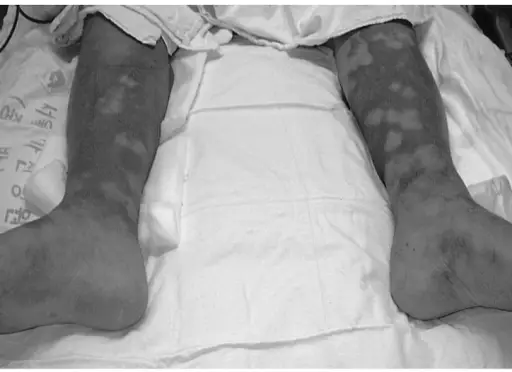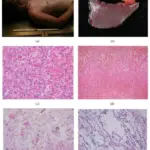Septic shock is a severe drop in blood pressure that results in highly abnormal problems with how cells work and produce energy.
What is the Pathology of Septic Shock?
The pathology of septic shock is:
-Etiology: The cause of septic shock is any type of bacteria and fungi, such as candida and viruses, although this is rare.
-Pathogenesis: The sequence of events that lead to septic shock is the activation of host defense mechanisms that result in the influx of activated neutrophils and monocytes, the release of inflammatory mediators, local vasodilation, increased endothelial permeability, and activation of coagulation pathways.
-Morphology: The morphology associated with septic shock shows three families of pattern recognition receptors that are involved in the initiation of the sepsis response.
How does Septic Shock Present?
Patients with septic shock typically are males present at age range of older than 50 years. The symptoms, features, and clinical findings associated with septic shock include the need for medication to maintain systolic blood pressure greater than or equal to 65 mm Hg and high levels of lactic acid in your blood (serum lactate) which means that cells aren’t using oxygen properly. Common symptoms include high fever or chills, intense body pain, fast heart rate, rapid breathing, and rash.
How is Septic Shock Diagnosed?
Septic shock is diagnosed with tests to determine how far along the infection is, what bacteria actually caused the infection that led to sepsis, as well as whether any additional bacterial infections are present, and whether there’s organ damage. In cases where the source of the infection isn’t clear from these tests above other methods include X-rays, CT scan, and MRI.
How is Septic Shock Treated?
Septic shock is treated with intravenous antibiotics to fight infection, vasopressor medications, insulin for blood sugar stability if needed, and corticosteroids. To treat dehydration and help increase blood pressure and blood flow to the organs are used large amounts of intravenous (IV) fluids, and for breathing is used a respirator. To remove a source of infection, such as draining a pus-filled abscess or removing infected tissue, is performed by surgery.
What is the Prognosis of Septic Shock?
The prognosis of septic shock is fair. It’s a severe complication of sepsis and the chances of recovering will depend on the source of the infection, how many organs have been affected, and how soon patients receive treatment after they first begin experiencing symptoms of sepsis.



